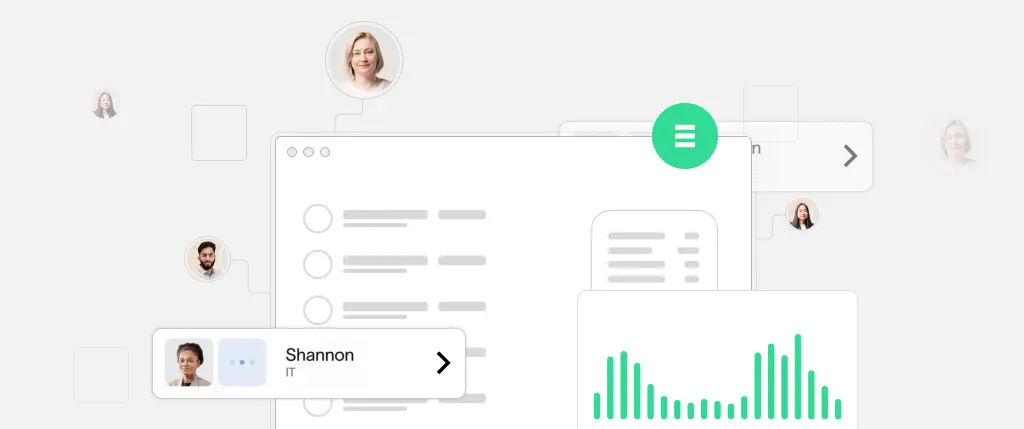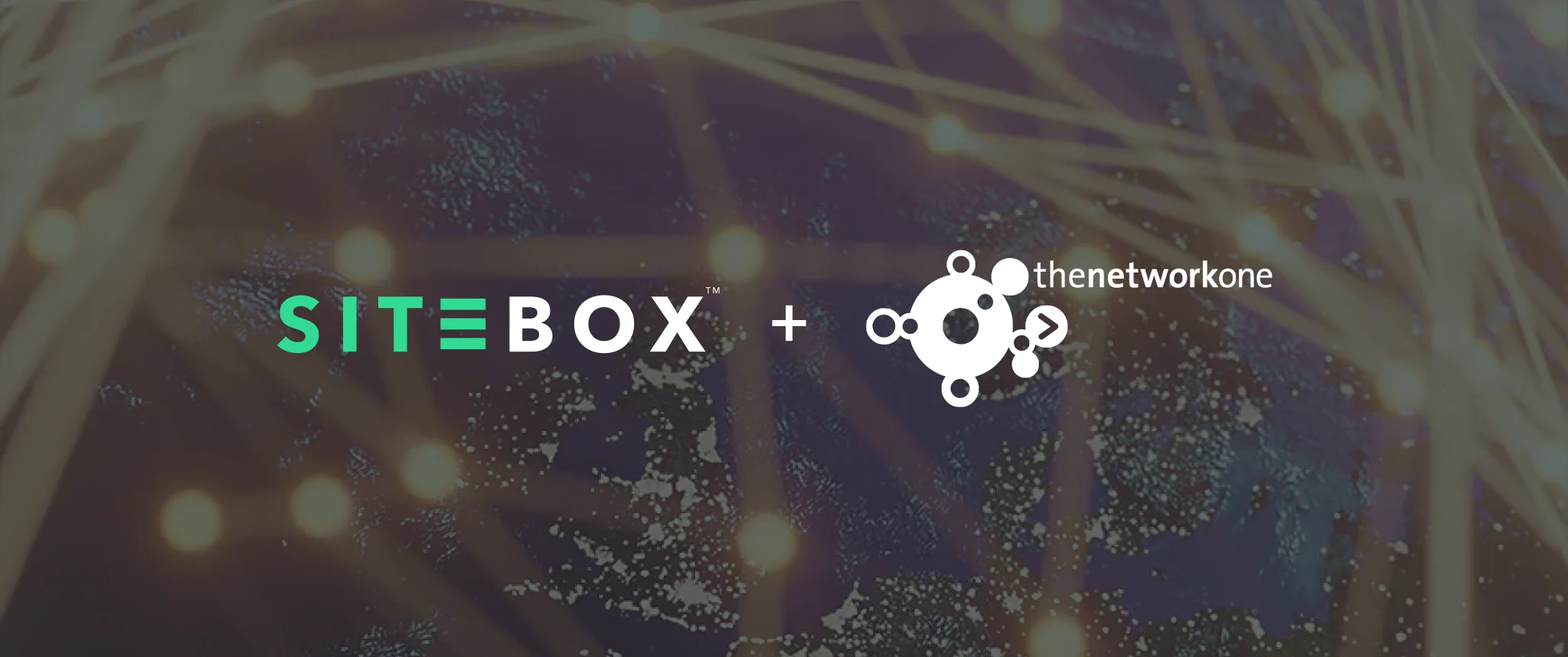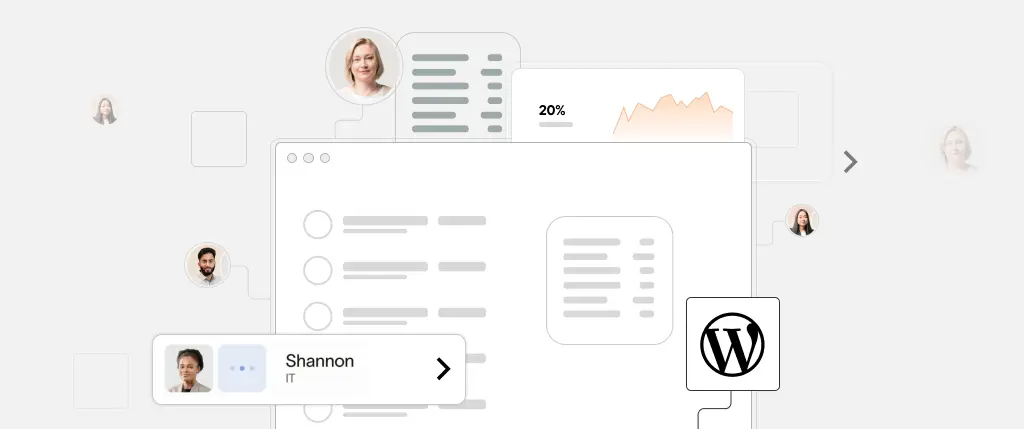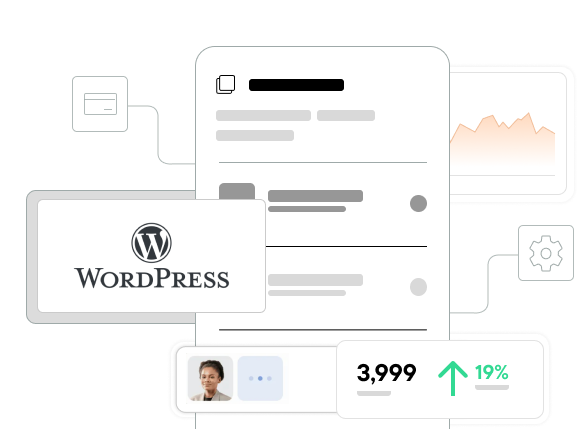Hardening WordPress goes far beyond installing a basic security plugin. For personal blogs, default protections might be enough. But for high-security WordPress environments—like finance, healthcare, education, or government—your strategy must be far more robust.
From compliance with laws like HIPAA and GDPR to resisting brute force, SQL injection, and zero-day exploits, your setup requires real hardening WordPress techniques that address modern threats. In this guide, we explore enterprise-grade methods for hardening WordPress beyond the basics.
🔍 What Is Hardening WordPress?
Hardening WordPress is the process of locking down your site to reduce vulnerabilities by:
- Reducing the attack surface
- Disabling or removing unnecessary features
- Enforcing strict access and permission controls
- Continuously monitoring for malicious activity
✅ Essential Best Practices for Hardening WordPress
Before implementing advanced steps, ensure you’ve covered:
- 🔄 Regular updates for WordPress core, themes, and plugins
- 🔐 SSL encryption (HTTPS) site-wide
- 🔑 Strong passwords and secure user roles
- 🚫 Limited login attempts with tools like Limit Login Attempts Reloaded
- 🛡️ Trusted security plugins like Wordfence or Sucuri
🧱 Advanced Server and File-Level Hardening WordPress
🔧 Disable File Editing
In wp-config.php:
define('DISALLOW_FILE_EDIT', true);🗂️ Block PHP Execution in Uploads
Apache (.htaccess):
<FilesMatch "\.php$">
Order Deny,Allow
Deny from all
</FilesMatch>Nginx:
location ~* /uploads/.*\.php$ {
deny all;
}🔐 Lock Access to wp-config.php
<Files wp-config.php>
order allow,deny
deny from all
</Files>🔌 Disable XML-RPC and REST API for Stronger Hardening WordPress
🚫 Disable XML-RPC
add_filter('xmlrpc_enabled', '__return_false');🔐 Restrict REST API to Logged-in Users
add_filter('rest_authentication_errors', function($result) {
if (!is_user_logged_in()) {
return new WP_Error('rest_disabled', 'REST API restricted.', ['status' => 403]);
}
return $result;
});🛑 Admin Area Protection in Hardening WordPress
🌐 IP Whitelisting (Apache)
Apache:
<Files wp-login.php>
Order Deny,Allow
Deny from all
Allow from 192.168.1.1
</Files>🔐 Two-Factor Authentication
Use a plugin like WP 2FA to enforce 2FA on all admin accounts.
🗃️ Database Security in Hardening WordPress
- Use a custom table prefix (avoid
wp_) - Restrict MySQL privileges (e.g., remove
GRANT ALL) - Sanitize inputs and use
prepare()for custom queries - Run secure, offsite, and encrypted backups regularly
🧩 5. Plugin & Theme Management
- Only use actively maintained plugins and themes
- Check each plugin against WPScan or Patchstack before installing
- Remove all inactive plugins/themes—they’re still exploitable
- Audit all third-party code for quality and security compliance
Poor plugin hygiene is a top attack vector. Follow these best practices:
🗃️ Database Security in Hardening WordPress
- Use a custom table prefix (avoid
wp_) - Restrict MySQL privileges (e.g., remove
GRANT ALL) - Sanitize inputs and use
prepare()for custom queries - Run secure, offsite, and encrypted backups regularly
🧩 Plugin Management and Code Hygiene in Hardening WordPress
- Only use well-maintained, reputable plugins
- Remove inactive themes and plugins
- Scan plugins/themes with WPScan before activation
- Avoid nulled or pirated plugins – major security risk
🕵️ Monitoring, Alerts, and Logs for Effective Hardening WordPress
Implement:
- 🔄 File integrity monitoring (e.g., Wordfence)
- 📝 Activity logs (e.g., WP Activity Log)
- 📩 Email alerts for login failures, plugin updates, or file changes
- 🧪 External scanning tools like WPScan, Patchstack, or Sucuri SiteCheck
💾 Best Practices and Backups for Hardening WordPress
- 🔐 Apply the Principle of Least Privilege (minimal access per user role)
- 🌐 Developers should use staging environments, not production
- 🗄️ Store backups offsite (AWS S3, GCP)
- 🔒 Encrypt backups containing sensitive data
- 🔁 Automate and test restores periodically
🧩 How Sitebox Powers Enterprise-Level Hardening WordPress
Sitebox provides modern, DevOps-ready infrastructure that supports advanced hardening WordPress operations:
- 🔐 Serverless structure – eliminates direct PHP/public access
- 📊 API proxying – exposes only necessary endpoints
- 🛡️ DDoS mitigation – built-in rate-limiting and bot protection
- 🧩 Plugin isolation – sandbox environment for plugin execution
- 🔁 Immutable deployments – locked codebases prevent tampering or rollback
🧠 Conclusion
Hardening WordPress is not just a technical measure—it’s a vital part of running secure, compliant, and high-performing digital platforms. Whether you’re operating in finance, healthcare, government, or education, advanced hardening WordPress protects your users, data, and reputation from today’s evolving threats.




